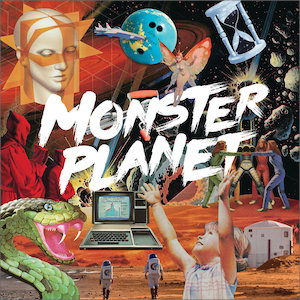Behold! An unknown beast! One that you may be able to spot while taking a walk in the frosty and mysterious soundscapes that Folklore depicts, a good alternative for those who don’t live in snowy areas.
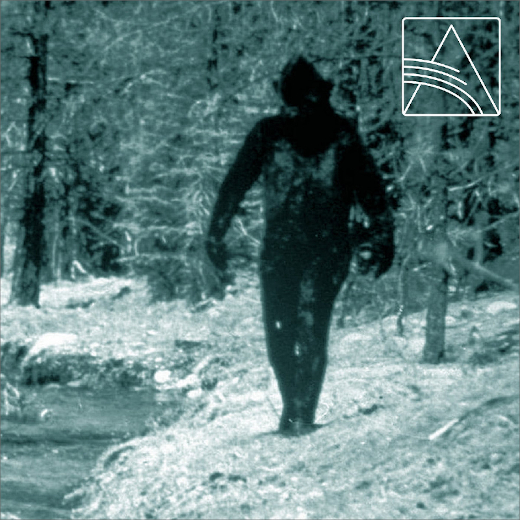
A soundtrack that would naturally play in a forest
Folklore makes extensive use of synthesizers to faithfully display cold textures, but that’s not to say that is all the record offers, as it has a great melodic sensibility too. Both assets make the album’s atmosphere really engaging as tracks aren’t solely immersive, they’re also quite memorable. This obviously isn’t a catchy album by any means, but Six Rivers National Forest (aka Daryl Robinsin / mōshonsensu) showcases some really fitting melodies to enhance these tracks; again, they’re not some kind of hook that immediately sticks in your head, but they are such apt motifs that they really fit the ideas behind some of these tunes.
The best example of this is the opening title track. It starts off as a drone piece you wouldn’t really give much credit to, featuring some field recordings and a couple cheesy “Can you hear that?” voices that should set a spooky atmosphere; though I do think that these attributes may be overselling the idea a bit, the track does shift away from this introduction rather quickly, which, even if it may do so a bit blatantly, it does establish the album’s theme and overall feel of something lurking around as you get lost somewhere in the woods—and you do in fact hear a lot of twigs cracking, steps, and leaves crunching, on top of some mysterious growls too of course.
As it mutates, the piece gets significantly darker and more ominous, almost as if it was serious business all of a sudden, instead of just a feel of unease. And to ultimately put you into a completely isolated and creepy atmosphere, the track finally introduces its fantastic motif; it really is fantastic, immediately as it comes in it’s enough to send off a shiver, mainly because of how clean and icy the piano is. This melody is also well articulated, it’s not just a series of arpeggio looping over to put you in some kind of trance, it happens to be far more expressive and really satisfying too, once it reaches its higher notes. Once it picks up, this track really doesn’t cease to impress.
The next piece, “Sierra Sounds,” is even better in this regard, mainly because it lacks any kind of banality like there was in “Forest Lullaby.” Instead of directly telling you what the piece is about, “Sierra Sounds” opts to create an atmosphere, not establish it: here, any kind of supernatural presence is recreated thanks to some pretty fantastic background wails, which is quite hard to tell whether they’re purely digital or altered field recordings, adding even more interest to their already extravagant sound. This way the track not only feels more creative, but also more surreal.
The ambience of “Sierra Sounds” itself is also pretty great, I really like the various instruments at play, such as the tribal percussion and a synth that seems to be mimicking a flute; both contribute to creating a natural feel for the track, one that is apt to a soundtrack that would naturally play in a forest once you’ve officially lost your way—a very common and plausible occurrence, indeed.
As good as these pieces are, attention also shifts towards the album’s big piece, “Squirrel, Coyote, or Just Strange Sounds.” It stands as an almost independent track—given its lengthy progression—and feels more significant than anything up until that point. The piece gradually gets higher and higher in pitch, with a loop that varies almost solely in that department; there are a few additions here and there, like some reversed vocal samples and some background noise given by what seem to be more field recordings, but the core of the piece very clearly remains its looped chord progression. Though its change may seem minor, the piece drastically changes feel as it goes, not necessarily getting more intense, but it does become less atmospheric as it pushes forward—given its brightness—and makes it hard to tune out to. The second half of the track is not quite as interesting, as it goes in the opposite direction to go back to its original register, getting progressively lower as it goes; though it’s still pleasant, it does fail to strike as much as the first half did, considering it operates in the same fashion and is thus now less engaging.
The only fault of this record is its limp closer, “Distant Mirage,” which is a rather drifting ambient piece in comparison with the previous four, lacking any kind of real magic in it due to its sparseness.
Aside from the closure, this is a really immersive ambient record and one that offers an absorbing soundscape; it makes me wish more ambient artists would try to make something more direct like this release does, giving a clear direction instead of just letting the listener mindlessly listen as they relax on their couch. Surely we need a bit of both, but I can assure you it’s far easier to remember and be impressed by an album like Folklore.
Folklore is available on Peak. [Bandcamp]










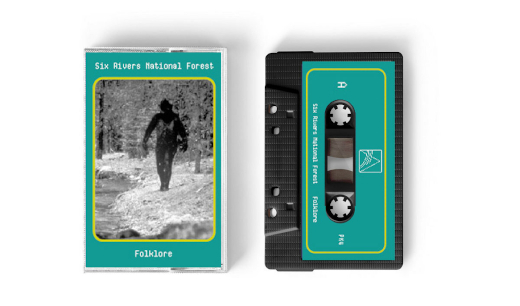
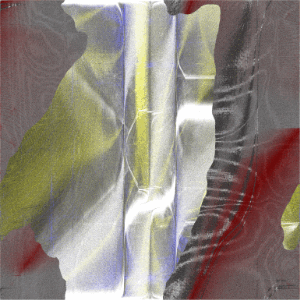

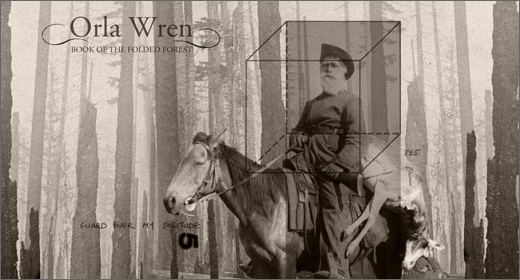
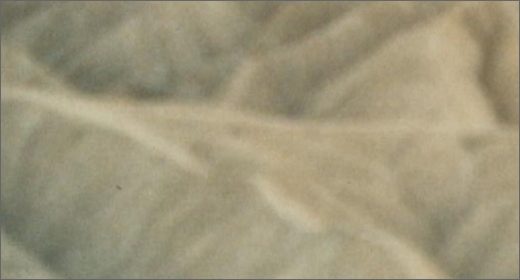
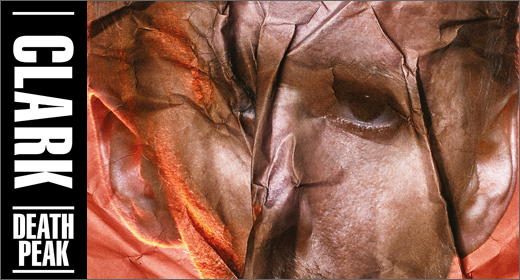
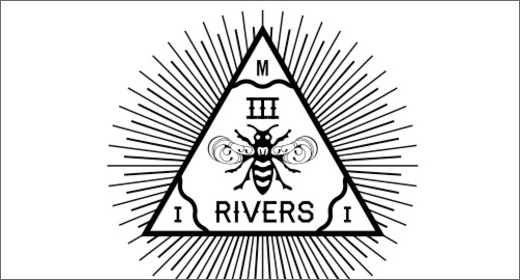



![Luke’s Anger :: Ceiling Walker EP (Love Love) — [concise]](https://igloomag.com/wp/wp-content/uploads/2025/04/lukes-anger-ceiling-walker-vinyl_feat-75x75.jpg)

![Ndorfik & madebyitself :: Solos EP (People Can Listen) — [concise]](https://igloomag.com/wp/wp-content/uploads/2025/04/ndorfik-madebyitself-solos_feat-75x75.jpg)




